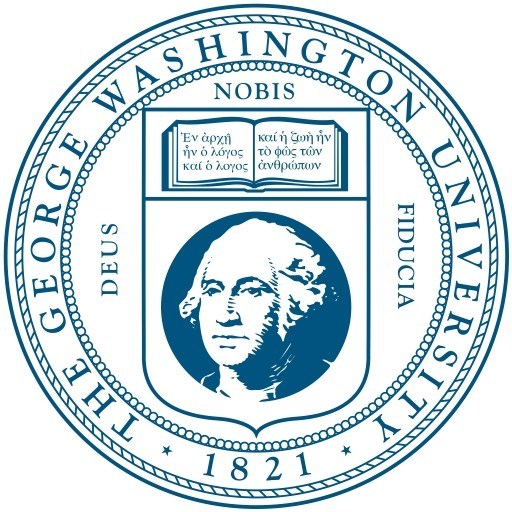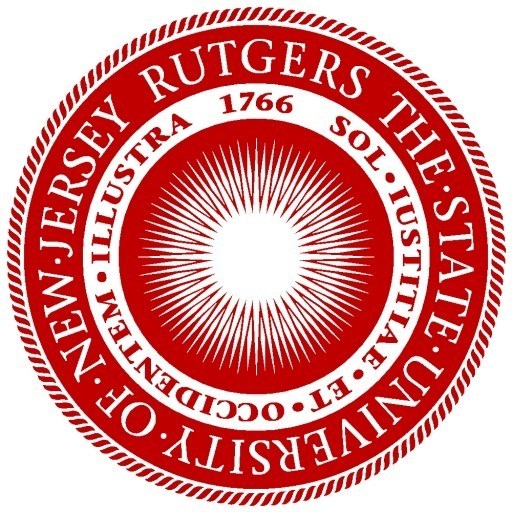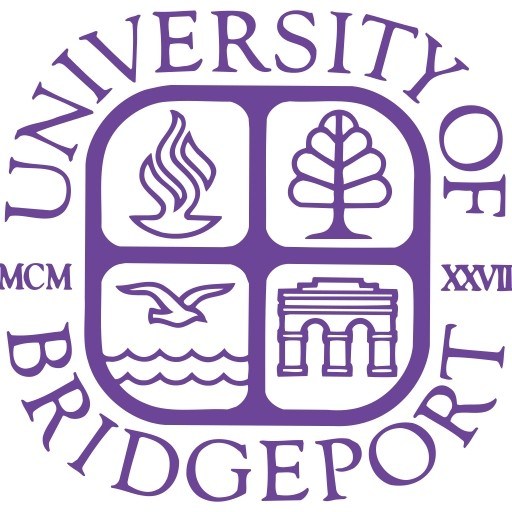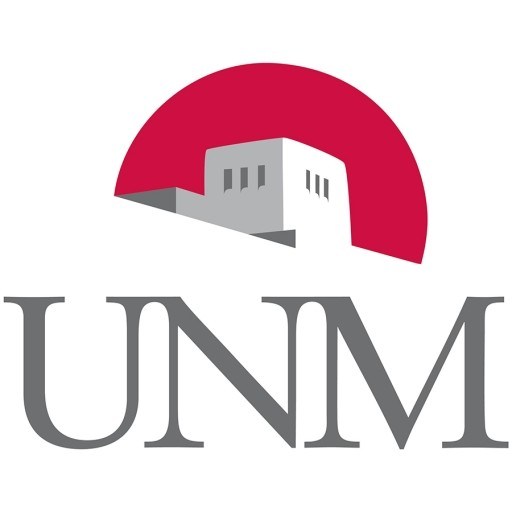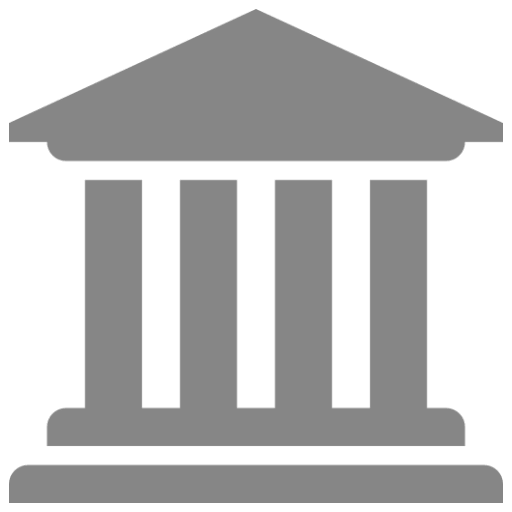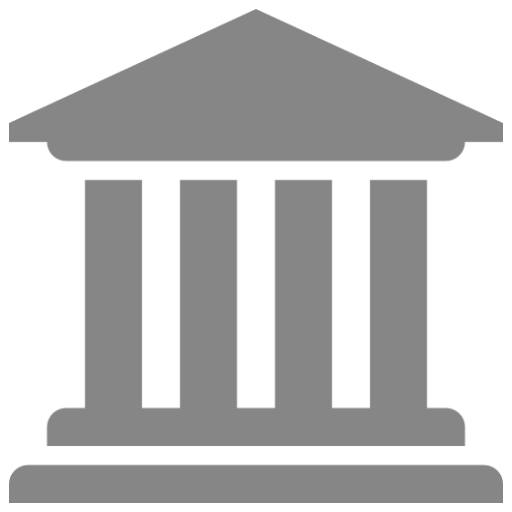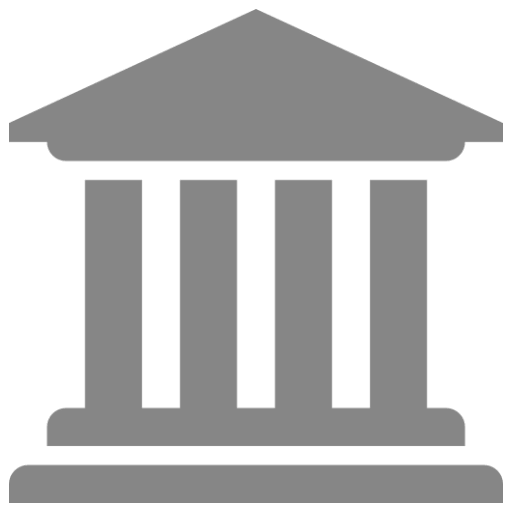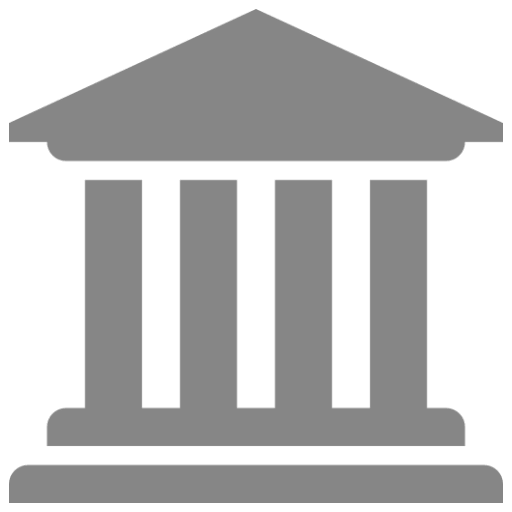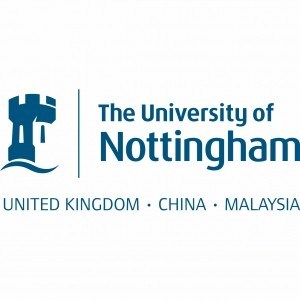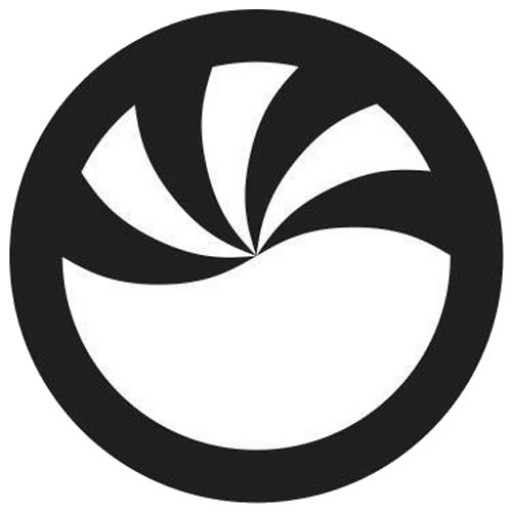Photos of university / #gwuniversity
The George Washington University's Photojournalism program offers students a comprehensive and dynamic education designed to prepare them for successful careers in the fast-paced world of visual storytelling. This program combines technical mastery with innovative storytelling techniques, empowering students to produce compelling images that inform, inspire, and provoke thought. Through a carefully curated curriculum, students develop expertise in camera operation, digital editing, and multimedia production, all within the context of journalistic integrity and ethical reporting. The program emphasizes hands-on learning, providing access to state-of-the-art equipment and opportunities for real-world experience through internships, projects, and collaborations with media outlets. Students are exposed to a broad range of subjects including photo ethics, visual narrative, documentary photography, and web-based storytelling, enabling them to adapt to the changing landscape of journalism. Throughout their studies, students engage with seasoned professionals, attend workshops, and participate in field assignments that hone their technical skills and deepen their understanding of journalistic responsibilities. The Photojournalism program at GW also encourages critical thinking about the role of images in society, fostering a sense of social responsibility and awareness of diverse perspectives. Graduates of the program are well-equipped to pursue careers as photographers, visual reporters, multimedia editors, and content creators across various media platforms including newspapers, magazines, online outlets, and NGOs. With a strong emphasis on ethical standards, innovation, and storytelling excellence, the program aims to cultivate the next generation of visual communicators who can effectively capture and convey the complexities of the modern world through powerful imagery.
| First year, fall semester | ||
| CAH 1090 | Art History I: Art Now, Contemporary Perspectives in the Visual Arts | |
| CFN 1090 | First Year Studio I | |
| UW 1020 | University Writing | |
| Studio requirement | ||
| Studio elective | ||
| First year, spring semester | ||
| CAH 1091 | Art History II: Historical Perspectives in the Visual Arts | |
| CFN 1091 | First Year Studio II | |
| G-PAC: Math, social sciences, or humanities requirement | ||
| Studio requirement | ||
| Studio elective | ||
| Second year, fall semester | ||
| G-PAC: Social sciences, humanities, or math requirement | ||
| Studio 1 – Major requirement | ||
| 2 Studio electives | ||
| Major requirement | ||
| Second year, spring semester | ||
| G-PAC: Natural or physical science requirement | ||
| G-PAC: Social sciences or humanities requirement | ||
| Studio 2 – Major requirement | ||
| Studio elective | ||
| Major requirement | ||
| Third year, fall semester | ||
| G-PAC: Natural or physical science requirement | ||
| Studio elective | ||
| Studio 3 – Major requirement | ||
| Art history requirement | ||
| Seminar I | ||
| Third year, spring semester | ||
| G-PAC: Social sciences, humanities, or math requirement | ||
| Studio 4 – Major requirement | ||
| Studio elective | ||
| Major requirement | ||
| Art history requirement | ||
| Fourth year, fall semester | ||
| G-PAC: Social sciences or humanities requirement | ||
| Thesis I requirement | ||
| Art history requirement | ||
| 2 Studio electives | ||
| Seminar II | ||
| Fourth year, spring semester | ||
| 2 Studio electives | ||
| Studio or other elective | ||
| Thesis II requirement | ||
| Major requirement | ||
- High School Transcript, School Report and Mid-Year Grade Report
- Letters of Recommendation. One counselor and one teacher recommendation should be submitted through forms on the Common Application.
- Portfolio (for Corcoran Students Only)
- In addition to the Common Application, you must complete the Writing Supplement. The GW supplemental essay question is a chance to show your personality and share your voice beyond your application. Select one of the essay questions on the Common Application and respond in 250 words or fewer.
- If English is not your first language, you are required to submit official scores from an English proficiency examination, regardless of citizenship. We recommend that you take the TOEFL, IELTS, or PTE Academic prior to submitting your application and make sure that official test scores are sent directly to us.
- If you plan to enter the United States on a student (F-1) or exchange visitor (J-1) visa, you are required to submit a Financial Certificate (PDF) and a bank statement. This information is required because international students at GW are not eligible for need-based financial assistance.
Portfolio Requirements
The portfolio is the primary tool that the admissions committee uses to determine an applicant's skill and potential. Your portfolio should tell your story in a way that makes sense to you. We have no restrictions or requirements on what should be in your portfolio other than what you believe to be your strongest work. It is important to make sure that this is the best representation of you as an artist, and of your work up to this point.
Here are a few portfolio guidelines:
- All students are required to submit a portfolio of 10-15 completed works of art.
- The included work should be your best and most recent work.
- If possible, the work should be related to your area of interest.
Scholarships
All freshman, transfer and international applicants are automatically considered for merit-based scholarships as part of the admissions process and no application is required.
The George Washington University offers a comprehensive Photojournalism program designed to equip students with the technical skills, artistic sensibility, and ethical understanding necessary for a successful career in visual storytelling. The program emphasizes hands-on learning, critical thinking, and the development of a compelling visual voice. Students engage in a variety of courses covering digital and film photography, multimedia storytelling, editing, and critically analyzing visual content. The curriculum integrates practical assignments with theoretical knowledge, preparing students to work in diverse media environments, including print, digital, and broadcast platforms.
Students have access to state-of-the-art equipment and facilities, including professional-grade cameras, editing suites, and studios. The program encourages internships and collaborative projects with professional organizations, enhancing real-world experience and industry connections. Faculty members are experienced professionals and scholars who mentor students through individual projects, exhibitions, and portfolio development.
Graduates of the Photojournalism program are prepared for various careers, including newspaper and magazine photography, multimedia journalism, documentary filmmaking, and digital content creation. The program also emphasizes ethical considerations in journalism and visual storytelling, fostering a commitment to responsible and impactful reporting. The university’s location in Washington, D.C., offers unique opportunities for students to engage with political, cultural, and historical institutions, enriching their understanding of current events and social issues. Overall, the George Washington University’s Photojournalism program aims to produce versatile, innovative, and responsible visual storytellers equipped to navigate the rapidly evolving media landscape.
